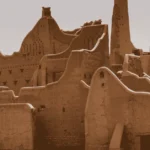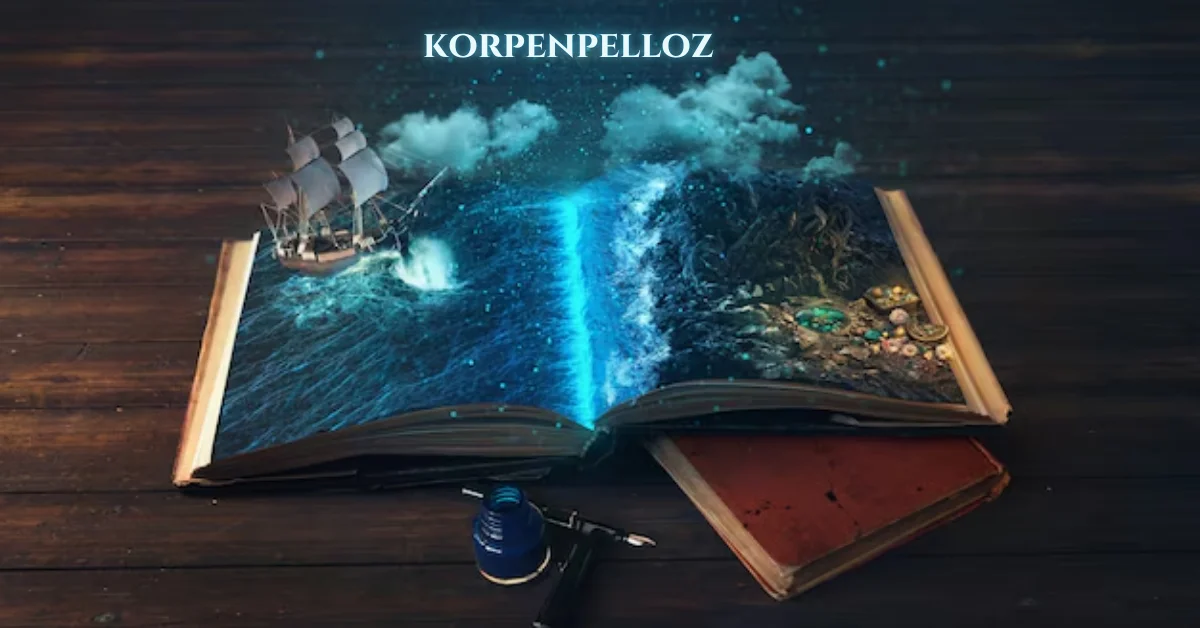Among the many Bodhisattvas revered in Mahāyāna Buddhism, imagesize:地藏王菩薩 1920×1080 holds a particularly compassionate and solemn place. Known for his vow to relieve beings from suffering in hell realms until they are all freed, Kṣitigarbha’s imagery is filled with profound spiritual symbolism. With the popularity of high-definition digital art, representations of Kṣitigarbha Bodhisattva—especially in resolutions such as 1920×1080—have become widely shared, meditated upon, and displayed in temples, altars, and virtual shrines.
This article explores the symbolism, cultural roots, artistic elements, and spiritual relevance of Kṣitigarbha Bodhisattva, with an emphasis on his visual depiction in modern digital formats.
Who is Kṣitigarbha
The name Kṣitigarbha is derived from Sanskrit:
- “Kṣiti” (地) means “earth,”
- “Garbha” (藏) means “womb” or “storehouse.”
Together, the name may be interpreted as “Earth Store,” “Earth Womb,” or “Treasury of the Earth,” symbolizing boundless patience and unyielding strength—like the Earth itself.
In Chinese Buddhism, he is revered as Dìzàng Wáng Púsà (地藏王菩薩), the Bodhisattva of Great Vows, known for his solemn vow:
“If I do not go to Hell to help those in suffering, who else will?”
He is one of the Four Great Bodhisattvas in Chinese Buddhism, alongside Guanyin (Avalokiteśvara), Manjushri, and Samantabhadra.
Iconography and Symbolism
A 1920×1080 image of Kṣitigarbha Bodhisattva often contains vivid and layered symbolism, each element crafted to invoke a deeper spiritual reflection.
1. Shaven Head and Monastic Robes
Unlike many other Bodhisattvas who appear adorned in royal attire, Kṣitigarbha is typically depicted in simple monk’s robes, symbolizing renunciation, humility, and discipline.
2. Staff (Khakkhara / Tin Staff)
He holds a imagesize:地藏王菩薩 1920×1080 , a monk’s staff that produces sound when moved. Traditionally used to alert insects and spirits of his presence, it serves both practical and metaphysical purposes—signifying the ability to open the gates of hell and guide spirits out.
3. Wish-Fulfilling Jewel (Cintamani)
Often held in the left hand or floating above the palm, this jewel radiates light to dispel darkness and symbolizes enlightened wisdom and the ability to fulfill all aspirations.
4. Halo or Aura
In high-resolution digital representations, Kṣitigarbha is frequently surrounded by a radiant golden halo, representing divine light, compassion, and purity.
5. Lotus Throne
He may be seated or standing on a lotus flower, a universal symbol in Buddhism denoting purity rising from the mud, illustrating the potential of all beings to achieve enlightenment regardless of origin.
Artistic Representation in imagesize:地藏王菩薩 1920×1080
The Digital Renaissance of Buddhist Art
In modern times, Buddhist art has transitioned into digital formats, finding a place on computer wallpapers, temple screens, meditation apps, and even VR meditation spaces. The 1920×1080 resolution has become a standard HD format, offering clarity and detail that make spiritual contemplation visually immersive.
These digital images often feature:
- Intricate details of facial expressions showing calm determination.
- Layered backgrounds—fiery realms of Naraka (hell) contrasted with the serene Bodhisattva.
- Soft glows and light effects highlighting the mystical power of the wish-fulfilling jewel.
- Traditional calligraphy—including Buddhist mantras or the name 地藏王菩薩 in elegant script.
Aesthetic Purpose
A high-definition image of Dìzàng not only serves religious functions but also aesthetic ones. These images are often:
- Used in home meditation setups or as spiritual decor.
- Shared digitally to inspire calmness and hope.
- Rendered in 3D or with motion effects in animated spiritual videos.
The Spiritual Mission of Kṣitigarbha
The Great Vows
Kṣitigarbha is particularly known for his Vow of Universal Salvation—to not attain Buddhahood until all hell beings are liberated. This commitment represents selflessness and boundless compassion. He is also called:
- “The Savior of the Suffering”
- “The Guardian of the Dead”
- “The Torch of the Darkness”
Connection to the Dead and Ancestors
In Chinese and Japanese Buddhism, Kṣitigarbha is closely associated with death rituals. Families pray to him for:
- The peace of deceased loved ones,
- The safe rebirth of spirits,
- Protection from wandering ghosts (yurei or hungry ghosts).
Cultural Impact
In China
Dìzàng is venerated in both Mahāyāna and folk Buddhist traditions. His imagery can be found in:
- Funerals and ancestor altars
- Temples dedicated solely to him, such as the famous Mount Jiuhua (九华山), one of the Four Sacred Mountains in Chinese Buddhism
- Celebrations on the 30th day of the 7th lunar month, during the Ghost Festival (中元节)
In Japan
Known as Jizō Bosatsu (地蔵菩薩), he is highly beloved and approachable, often depicted as:
- A protector of children, especially stillborn or miscarried babies
- A guardian of travelers, with small statues placed along roadsides
Jizō statues are often adorned with red bibs and caps, placed by grieving parents as an offering.
Kṣitigarbha in Meditation and Practice
Mantra and Chanting
One of the key mantras associated with Dìzàng is:
“Namo Dìzàng Wáng Púsà” (南無地藏王菩薩)
Meaning: “Homage to the Earth Store Bodhisattva”
Devotees chant this to invoke his compassionate presence, especially when praying for the dead, protection from suffering, or spiritual guidance.
Visualization Meditation
Practitioners often use a high-resolution 1920×1080 image of Dìzàng during visualization meditation. The process may include:
- Sitting quietly and breathing mindfully.
- Visualizing the Bodhisattva’s calm form seated on a lotus.
- Imagining radiant light emitting from the Cintamani, enveloping oneself and all beings.
- Chanting the mantra in synchrony with the image’s visual resonance.
Such practices aim to:
- Increase compassion and resilience,
- Offer healing to past traumas,
- Build a connection with ancestral and karmic purification.
Modern Applications and Meaning
In the digital age, representations of Dìzàng Wáng Púsà are more accessible than ever, helping bring ancient compassion into modern life. Whether viewed on a smartphone or projected in high-definition in temples, the Bodhisattva’s image continues to be a beacon of hope, especially in times of crisis, grief, or moral uncertainty.
He resonates with people who are:
- Suffering from loss,
- Struggling with injustice,
- Seeking to protect the vulnerable,
- Dedicated to helping others, even at great personal cost.
Conclusion
A 1920×1080 image of Kṣitigarbha Bodhisattva (地藏王菩薩) is more than a piece of religious art—it is a spiritual presence, a tool for meditation, and a visual representation of an infinite vow: to save all beings from the darkness of suffering.
In an era marked by chaos, digital distractions, and emotional disconnection, the image of Kṣitigarbha reminds us of something enduring and deeply human: the power of compassion without end.
(FAQs)
1. What does “地藏王菩薩” mean?
It translates to “Earth Store King Bodhisattva,” representing a being of immense compassion and strength, who vows to save beings from hell.
2. Why is Kṣitigarbha usually shown as a monk?
Unlike other Bodhisattvas adorned in royal garments, he appears as a humble monk, symbolizing renunciation and dedication to spiritual vows.
3. What is the significance of the jewel in his hand?
The wish-fulfilling jewel (Cintamani) symbolizes the light of wisdom, capable of illuminating and transforming all suffering.
4. Can I use a Kṣitigarbha image for meditation?
Absolutely. A high-resolution image (e.g., 1920×1080) is ideal for visualization, mantra chanting, or spiritual contemplation.
5. Where can I find high-quality Kṣitigarbha images?
Many are available online via Buddhist digital libraries, temple websites, or art platforms such as DeviantArt, Pinterest, or Buddhist wallpapers websites.











